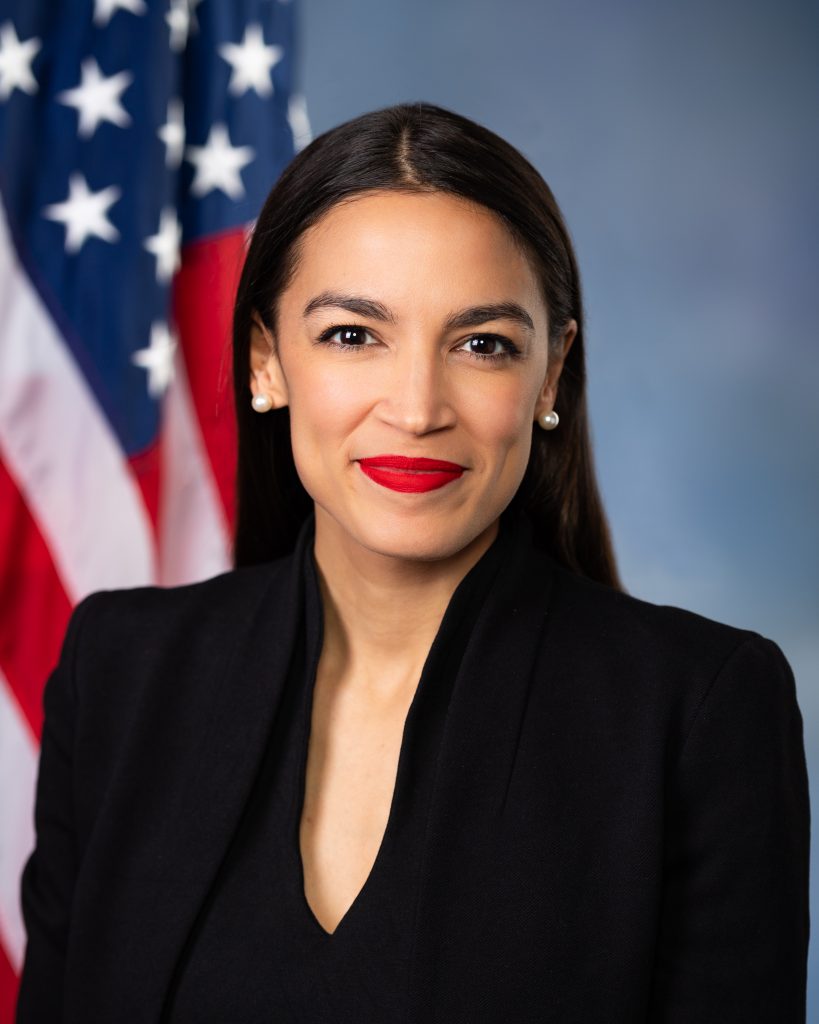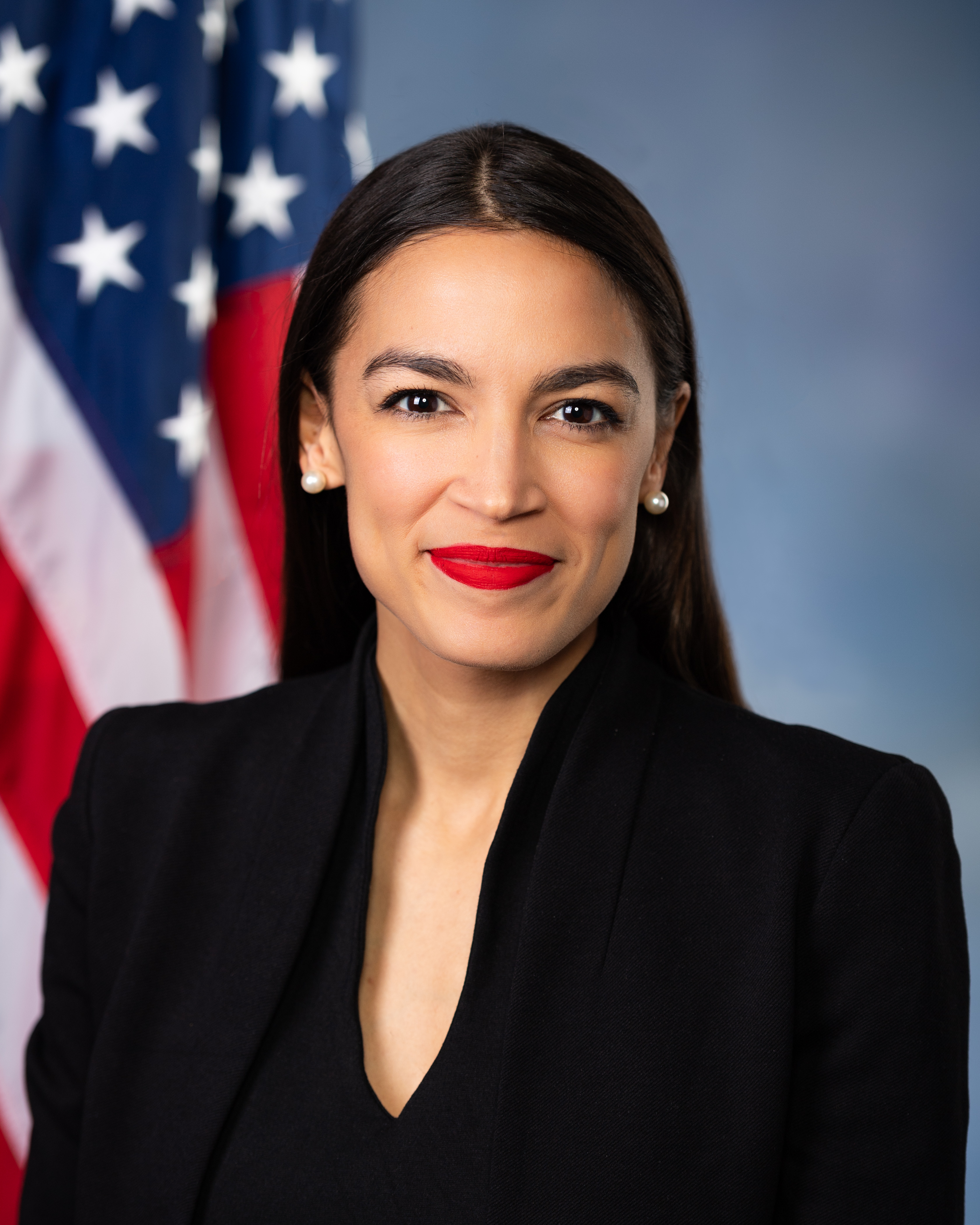
Activists Criticize the Arrest of NYC Protest Photographer Alexa Wilkinson

Investigative Photojournalism Under Scrutiny: The Case of Alexa Wilkinson
Alexa Wilkinson, a protest photographer known for documenting activism and protests, finds themselves embroiled in legal challenges after being charged with a felony hate crime. This charge stems from their social media activity criticizing staff from the New York Times and photographing activists who vandalized the media company’s headquarters, expressing dissatisfaction over its coverage of Israel.
Wilkinson’s work, widely recognized and shared by organizations such as the New York American Civil Liberties Union and Writers Against the War in Gaza (WAWOG), has been pivotal in capturing protest movements. Yet, their recent arrest on September 28 has sparked debates around the rights and responsibilities of journalists, particularly those reporting on contentious issues.
The Legal Aid Society, representing Wilkinson, emphasizes their role as a respected photojournalist with no prior criminal record. They assert that Wilkinson did not engage in any unlawful actions and the charges misinterpret their professional activities. The Society remains confident in Wilkinson’s innocence, anticipating that the facts, once fully presented, will demonstrate their commitment to journalistic integrity.
Central to this legal battle is the charge against Wilkinson for Aggravated Harassment in the Second Degree as a Hate Crime. This accusation hinges on Wilkinson’s documented presence during the vandalism of the New York Times headquarters and shared social media posts critical of the publication’s perceived pro-Israel bias. Their next court appearance is slated for November 17.
The incident in question, a protest on July 30, involved activists vandalizing the Times building with red paint, a symbolic act against the media giant’s alleged partiality towards Israel amid the Gaza conflict. Wilkinson’s photographs of this event were posted on social media, forming part of the prosecution’s case, which also includes accusations of sharing potentially threatening social media messages targeting Jewish staff at the Times.
This case highlights ongoing tensions around media representation of geopolitical conflicts, with the New York Times facing criticism from various quarters, including an investigation by the Intercept revealing its repeated coverage of unverified claims about Hamas. WAWOG’s databases and protests further challenge the narrative by asserting biases in media personalities and challenging reported facts.
Wilkinson’s charges echo a broader conversation about the role of journalists documenting activism and protest, as seen in previous cases like that of videographer Samuel Seligson. These legal actions raise crucial questions about the extent of journalistic freedom and the ramifications of media coverage on charged political issues.
The ongoing legal proceedings against Alexa Wilkinson will continue to draw attention, not only for their implications for one individual’s freedom and career but also for the broader discourse on press freedom, journalistic ethics, and the rights of media practitioners covering controversial and politically sensitive events.